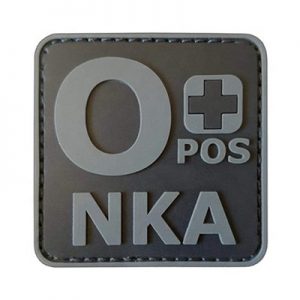PVC labels and traditional fabric tags each have their own set of pros and considerations. Let’s compare the two:
PVC Labels:
Pros:
- Durability: PVC labels are highly durable and resistant to wear, tear, fading, and moisture. They can withstand various environmental conditions without losing their quality.
- Customization: PVC labels offer a wide range of customization options, including color, shape, texture, and 3D effects. This allows for unique and eye-catching designs that can’t be easily achieved with traditional fabric tags.
- Tactile Appeal: The 3D texture of PVC labels adds a tactile element to your products, making them stand out and providing a more interactive experience for customers.
- Branding: PVC labels offer a modern and professional look, enhancing the branding of your products. Logos and designs can be replicated with high precision, maintaining consistent branding across your products.
- Versatility: PVC labels can be used on a variety of materials, including fabrics, leather, and synthetic materials. They are particularly suitable for products that will be exposed to rough conditions or require frequent washing.
- Attachment Options: PVC labels can be sewn, heat-sealed, or attached with adhesive, offering flexibility in how they are applied to different products.
Cons:
- Cost: PVC labels can be more expensive to produce than traditional fabric tags, especially for complex designs or when incorporating 3D effects.
- Bulkiness: Depending on the design and thickness, PVC labels can add a slight bulkiness to certain products, which might not be ideal for more delicate items.
- Limited Aesthetics: While PVC labels offer customization, they might not have the same natural and traditional look that fabric tags provide, which can be desired for certain products.
Traditional Fabric Tags:
Pros:
- Natural Look: Fabric tags have a traditional and rustic appearance that can add a handmade or authentic feel to your products, which might resonate well with certain audiences.
- Variety of Materials: Fabric tags can be made from various materials such as cotton, satin, or twill, allowing you to choose the texture and feel that best complements your products.
- Cost-Effective: Fabric tags are generally more cost-effective than PVC labels, making them a budget-friendly option for small-scale businesses.
- Subtle: Fabric tags are usually thinner and more flexible than PVC labels, contributing a subtle branding element without overpowering the product’s design.
Cons:
- Durability: Fabric tags are less durable than PVC labels. They can fray, fade, and deteriorate over time, especially with frequent washing or exposure to harsh conditions.
- Limited Customization: While fabric tags can be printed or woven, they might not allow for the same level of intricate design and customization as PVC labels, particularly in terms of texture and 3D effects.
- Less Branding Impact: Fabric tags might not have the same level of impact on branding and visibility as PVC labels, especially in competitive markets.
The choice between PVC labels and traditional fabric tags depends on your brand identity, the nature of your products, your target audience, and your budget. Both options offer unique benefits, so it’s important to weigh the pros and cons based on your specific needs and preferences.

